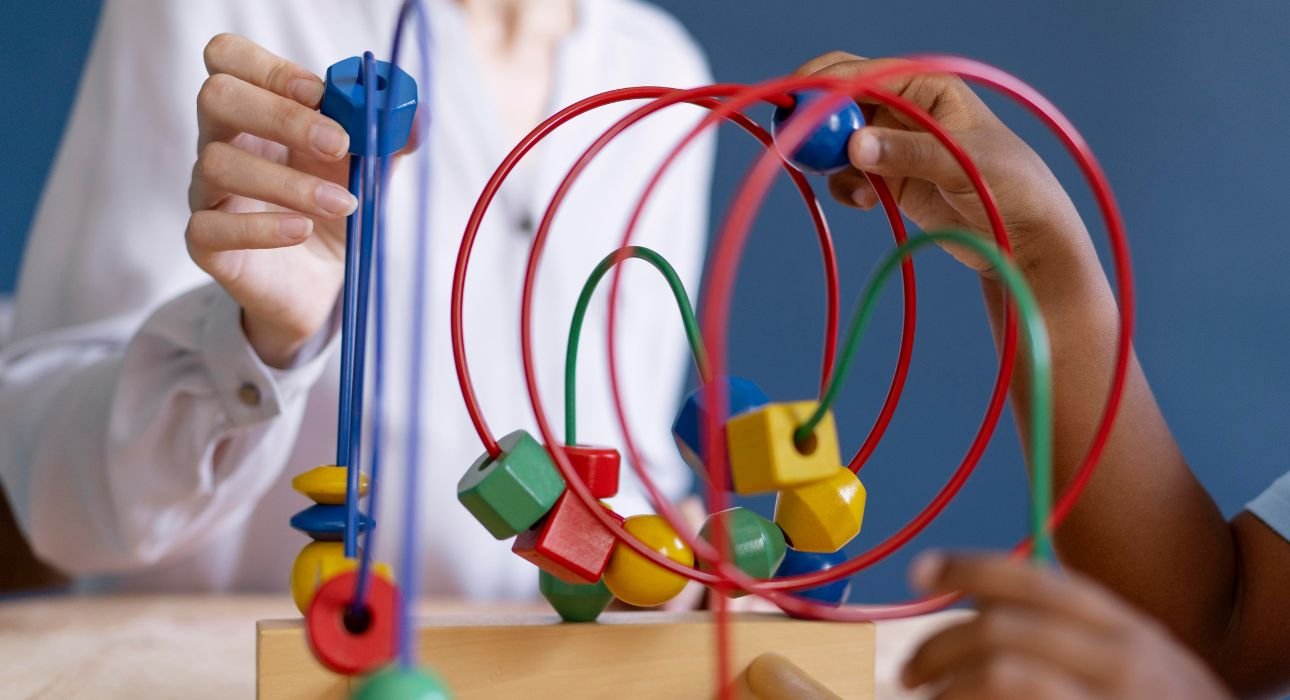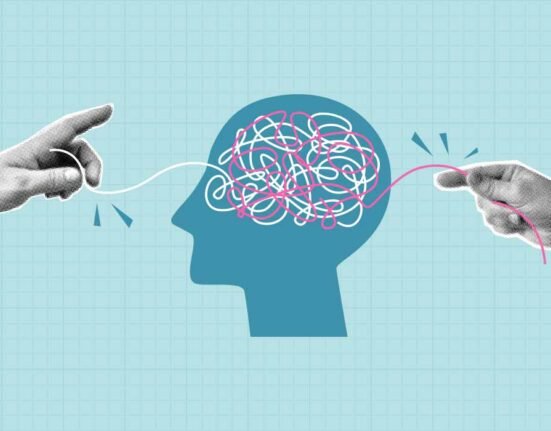The therapy world is expanding its horizon, which goes beyond the conventional approach to therapy, and that has offered many innovative options to heal emotional wounds. One of the ways used by therapists is to play media. It uses dolls, art materials, indoor games, online games, and puppets. This therapy method has multiple aspects, so it is commonly practiced in therapy settings.
Play media provides a creative and interactive environment to share feelings, memories, and experiences that are unconscious or deliberately suppressed. Most of the time, children and adolescents are the clients. While playing with different tools, they assess clients’ grasping capacity, presentation skills, and how clients are open about their emotions.
The enjoyment is its X-factor, which brings out the real person in front of the therapist. A child playing games or playing the role of a teacher can be a helpful scenario to get to understand a child’s emotional conflicts. This piece of writing gives insight into the play media’s unique approach to therapeutic relationships and how they are becoming useful.
Read More: Joy Over Hustle: Why Play Matters More Than You Think
What is Play Media?
Play media is a fun-loving structure that obtains results from the gameplay. It uses both digital and non-digital forms for a wide range of people with different interests. The entertainment, learning, therapy, and social interaction domains are the key areas of play media involvement. Nowadays, numerous formats are emerging in the field of media, including virtual reality, augmented reality, video games, animated videos, and game-based learning (Plass et al., 2015). Play media has never been inclined towards only extremes. Sometimes they are organised, or some fluidity might be in it. The technological approach in digital format can provide stimulating experiences, making all sensory perceptions. This encourages proactiveness in learning phases (Gee, 2003).
Read More: What is Virtual Reality Therapy (VRT)?
Theoretical Frameworks
- Piaget’s Cognitive Development Theory: Piaget’s theory (1951) highlighted that children comprehend novel ideas or concepts during the preoperational and concrete operational stages. Digitalised games have offered many perks that are useful in the cognitive development of children.
- Vygotsky’s Sociocultural Theory: Vygotsky (1978) introduced the importance of society’s part, a temporary support system from a teacher or family. The zone of proximal development leads to collaboration with other classmates, and it also fosters thorough knowledge.
- Bandura’s Social Learning Theory: Exposure is a sure thing to move ahead with a lot of observed lessons and which is a crucial part of Bandura’s (1977) social learning theory. It chooses the work under the productive areas like cooperation and, solution-focused approach.
Types of Play Media Used in Therapy
1. Toys
Children play with the many types of dolls, kitchen sets, toy cars, soft animal toys, and houses. Such toys are interactive tools in therapy as a portrayal of their life and surroundings. While playing with toys, clients express their thoughts, opinions, and inner conflicts through role-playing.
2. Art Materials
Colourful crayons, craft papers, and other creative mediums are used to express. This artistic way of expression uncovers negative emotional reactions, feelings, or attitudes such as grief, anxiety, or aggression. These are useful for the children who can’t express themselves.
3. Cooperative and Online Games
Interactive games are frequently used by therapists to connect with their clients, measuring mental strength. It is also used to assess whether one can handle annoyance and engage with others. Online games or gaming applications are being utilised more and more to engage teenagers and provide therapy.
4. Puppets and Role-Play
Playing a role and moving puppets, which can portray a particular character or emotion, is how that child or adolescent presents himself honestly. This medium helps them get rid of those unwanted emotions or thoughts. By this method of projection, clients themselves open the new door to talk about mental health, inner conflicts, and taboos from society.
5. Storytelling
Stories are a conventional yet useful method. Also, stories can teach you a lot of lessons on dedication, hard work, and how to be tough. It portrays the same experience that clients have, so this can provide a new way of thinking and acknowledge those feelings.
Read More: A Comprehensive Guide to Therapeutic Art and Art Therapy
Benefits of Using Play Media in Therapy
- Amplified Expression: This can extend the range of expression, because it is not limited to the words only, then other media are also used to express.
- Safely expressed: This indirect way of expressing some sensitive or controversial topic allows putting forward ideas safely.
- Establishing connection: It helps therapists and clients to establish a connection for starting a therapeutic relationship based on trust.
- Inner turmoil, anger, fear, and frustration all these themes are addressed through this medium of play.
The play media is open to people from all walks of life and all kinds of cultures.
Read More: Termination as a Therapeutic Tool: Fostering Growth and Autonomy
Conclusion
The use of play media is a multidimensional approach that has no limitations or criteria. By use of this technique, children, teenagers, and adults get a new way of expressing their grief, anxiety, and trauma. The creativity, inclusivity make the healing journey non-judgmental, safe, and with a lot of interesting revelations of their inner self. In today’s world, the merging need for mental health services and therapy sessions, this playful media can give assurance that there is a playful way of solving mental health issues.
FAQs
1. What is the role-play in therapy?
Therapists use it in play media to reveal the inner conflicts of clients, which others and sometimes even the clients themselves often cannot see. In CBT, practitioners use it during skill-training to help clients manage anxiety, aggression, and other interpersonal difficulties.
2. What is the use of play therapy?
Play therapy tries to find a balance between symbolic play and language use. Play therapy is a common way to help kids with emotional and behavioral problems because it can help them in their developmental stages.
3. What are the functions of play therapy?
- Emotional Expression and Exploration
- Communication and Social Skills Development.
- Problem-Solving and Coping Skills.
References +
Bandura, A. (1977). Social learning theory. Prentice Hall Gee, J. P. (2003). What Video Games Have to Teach Us about Learning and Literacy? Computers in Entertainment (CIE), 1, 20-20. http://dx.doi.org/10.1145/950566.950595
Jan L. Plass, Bruce D. Homer & Charles K. Kinzer (2015) Foundations of Game-Based Learning, Educational Psychologist, 50:4, 258-283. To link to this article: http://dx.doi.org/10.1080/00461520.2015.1122533
Piaget, J. (1951). Play, dreams, and imitation in childhood. Routledge.
Vygotsky, L. S. (1978). Mind in society: The development of higher psychological processes. Harvard University Press.













Leave feedback about this